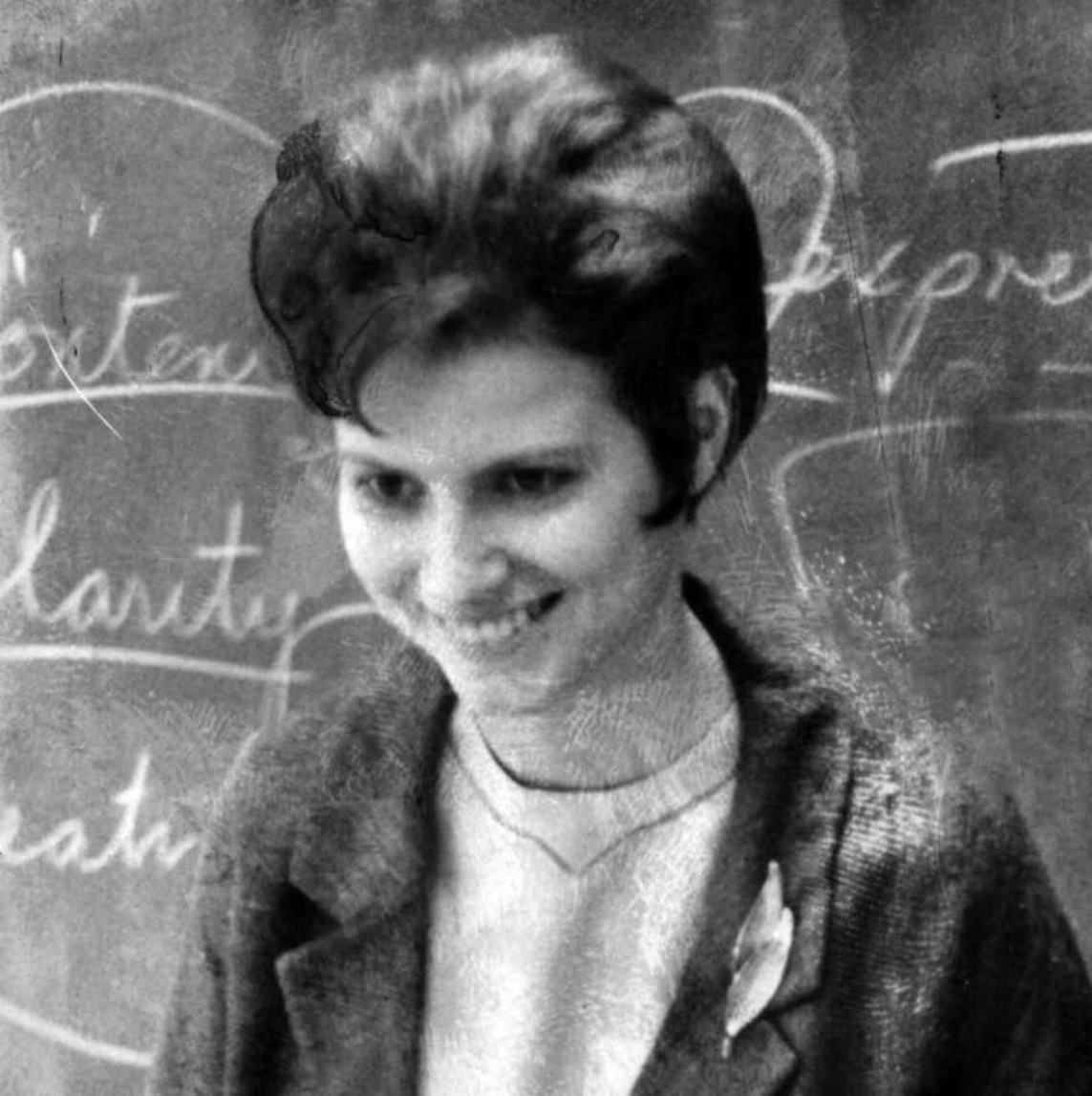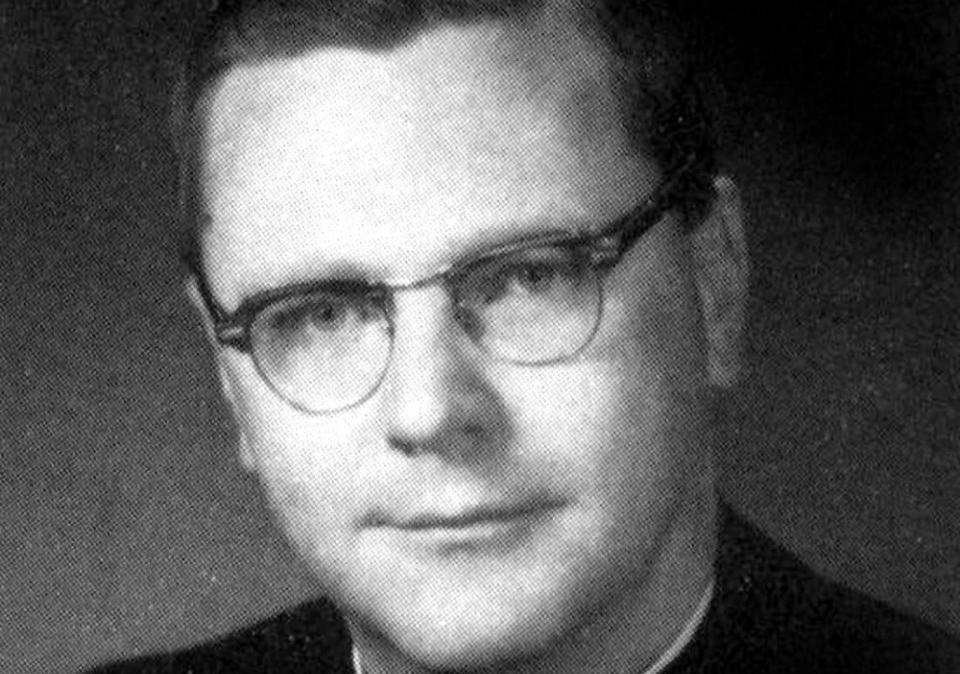|
Exhumed priest’s DNA doesn’t match evidence in case of ‘Sister Cathy’ slaying from 1969
By Tom Jackman
[with video] The unsolved slaying of Sister Catherine Ann Cesnik in Baltimore in 1969 hit another dead end Wednesday when police learned that DNA from a long-deceased priest did not match crime scene evidence that Baltimore County cops have preserved for almost five decades. In February, police exhumed the body of the Rev. A. Joseph Maskell, the former chaplain at Archbishop Keough High School in Baltimore, where Cesnik had taught. Years after Cesnik disappeared in November 1969, and was discovered in the Lansdowne area of Baltimore County in January 1970, a number of women came forward and accused Maskell of sexually abusing them while he was at Keough. Two of the women sued Maskell, the high school and the Archdiocese of Baltimore in 1994, but the suit was dismissed due to an expired statute of limitations. Maskell became a suspect in Cesnik’s death but denied any involvement to police. He died in 2001. The death of the popular “Sister Cathy” is the subject of an upcoming documentary series, “The Keepers,” to be released Friday on Netflix. Baltimore County police said Maskell’s DNA was sent to Bode Cellmark Forensics in Lorton, Va., to develop a DNA profile. The profile was compared with crime scene evidence and did not match, police said. Maskell was not the first person whose DNA has been compared to the Cesnik crime scene over the years, Baltimore County police spokeswoman Elise Armacost said. She said detectives had obtained “about a half-dozen” DNA profiles and compared them to the crime scene. But so far, no matches. The DNA profile from the crime scene has also been placed into the FBI’s national DNA system, also with no hits so far. Cesnik, 26, was last seen at a shopping center in Baltimore City on Nov. 7, 1969. Another young woman, Joyce Malecki, 20, disappeared from a shopping center in Glen Burnie four days later and was found slain two days after that. And two 16-year-old women subsequently were abducted and killed from Baltimore area shopping centers in 1970 and 1971. All are unsolved. Armacost said police are still investigating whether the four killings might be related. Women who were abused by Maskell have said that they told Cesnik of the situation, and she may have been preparing to confront Maskell about his actions. Cesnik had moved out of her Baltimore convent and left Keough earlier in 1969, teaching at Western High School and living in an apartment with another nun. One of the women who was abused by Maskell told the Baltimore Sun in 1994 that the priest took her to see Cesnik’s body in Lansdowne, to warn her away from revealing her own situation. The Archdiocese of Baltimore subsequently paid settlements to 13 women who alleged that Maskell molested them, lawyers for the women said. “Sister Cathy was a nun,” Armacost said earlier this month. “So the theory that she was killed because of something she knew in the Catholic Church was something we’ve been looking at. However, we’ve never proven that’s why she was killed. So there are other theories we are looking at as well.” Following the disclosure that Maskell’s DNA was not a match, Armacost said Wednesday that Baltimore County’s cold case detectives would continue working the case. “Their best hope for solving the case now,” Armacost said, “lies with the people who are still alive and willing to come forward with conclusive information about the murder. They are cautiously optimistic that the renewed, intense interest in the case may generate useful new leads and encourage people with solid evidence about Sister Cathy’s murder to come forward to police. It’s possible that in the future new forensic technologies will provide new options for testing the remaining crime scene evidence, but for now we have reached the end of the road with forensic evidence in this case.” Contact: tom.jackman@washpost.com
|
.
Any original material on these pages is copyright © BishopAccountability.org 2004. Reproduce freely with attribution.

